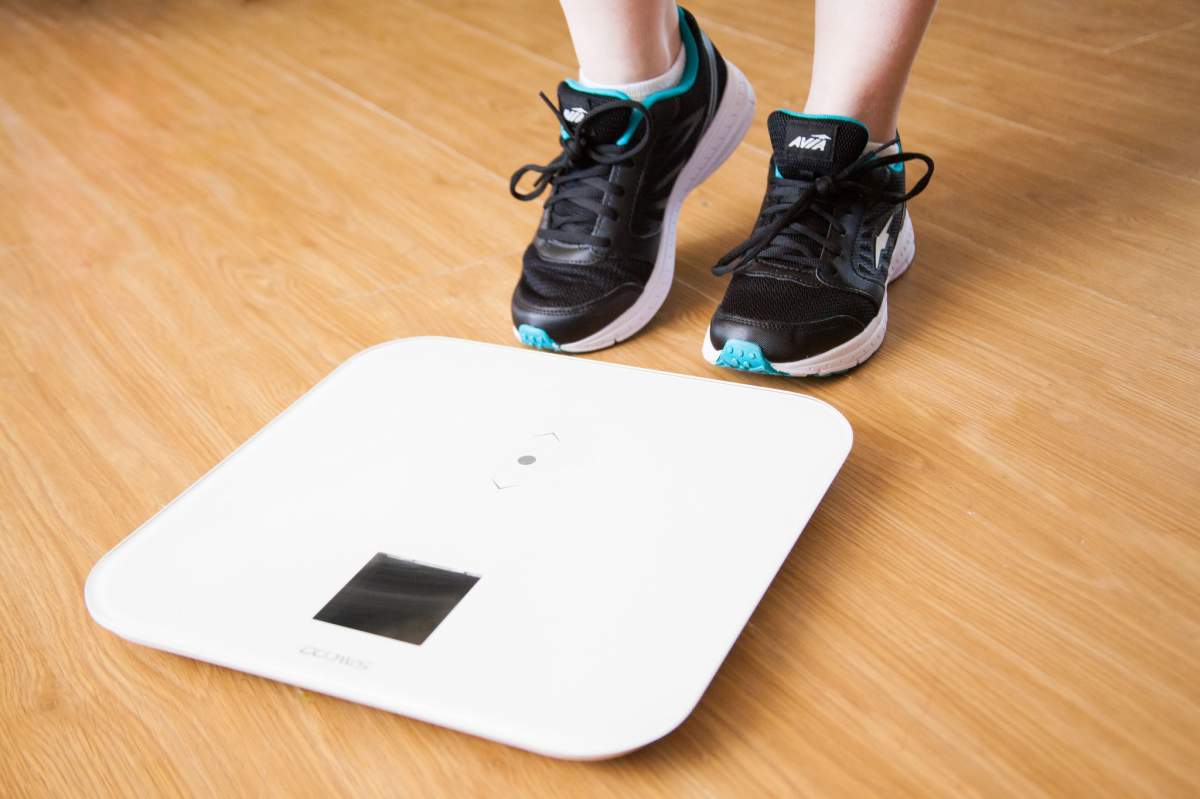
Do you ever worry about the health risks of having too much body fat? Are you confused about how body fat is measured? Let us break down some of the methods for you.
X-Rays And Water
Biomedical researchers have ways of directly measuring how much fat your body contains. One way is to use X-rays. Another way involves measuring your body weight while you are submerged in water.
These methods are expensive though.
Cheaper And Simpler
As a rough measure of body fat, doctors usually use body mass index, which is a ratio of body weight to height. If the ratio is greater than twenty-five, you are overweight, and if it's over thirty, you are considered obese.
Unfortunately, the body mass index method isn't always accurate. Because muscle is denser that fat, body builders often classify as obese, especially if they are short, despite having smaller‑than‑normal amounts of body fat.
Even some people with a body weight in the normal range still have unhealthy amounts of fat. There's a controversy about this among health scientists, and some have argued that waist circumference gives a better estimate of body fat content.
Waist Circumference
The waist circumference method has depends on more things than just weight and height, it also factors in things like age and gender. Roughly, the researchers think a woman has too much fat if her waist circumference is over thirty five inches, and a man is if his is over forty inches.
By this measure, about seventy-six percent of the world's people are too fat. Using the BMI method, the situation isn't much better.









